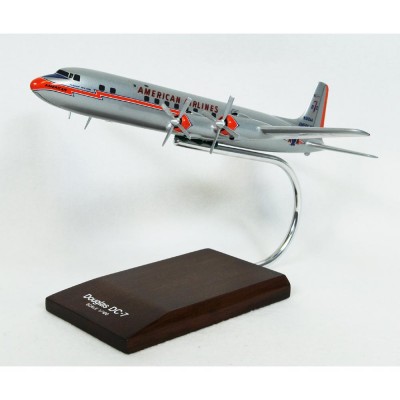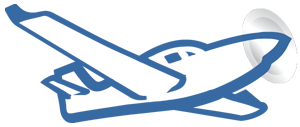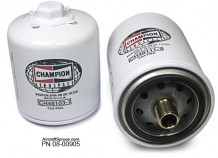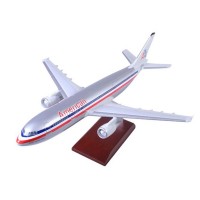FREE SHIPPING ON ORDERS OVER $350 (USA ONLY - SOME EXCLUSIONS APPLY) | 877-288-8077
Dc-7B American Model
$205.95/Each
Part# 13-10977
MFR Model# KDC7AAT
MFR Model# KDC7AAT
Overview
|
The DC-7 American, manufactured by Douglas Aircraft Company, was the largest and last major piston engined transport. It had its first flight in May 1953, and entered service with American Airlines in November of that year. A total of 105 DC-7s was built. The DC-7 could take 65 passengers across America at more than 350 mph, resulting in a flight time of around 8 hours - long a goal of the airlines to meet the pilots union rules. The DC-7 quickly brought the passengers that had switched to Trans World Airlines ambassador service right back to Americans Mercury service. Nowadays, many DC-7s found use after the airlines with travel clubs, as fire fighting aircraft and few for air cargo. The DC-7B, a DC-7 American variant, was a direct development of the DC-7, which ushered in non-stop transcontinental airline service. Compared to the DC-7, this variant was built with an extended flight range. A total of 112 DC-7B aircraft was built which followed showed only minor changes of the DC-7. The DC-7B is often considered the fastest of the Douglas prop liners due to aerodynamic improvements over the DC-7, but they proved to be less reliable and economical than the DC-6 series, and almost all have been retired and scrapped. |
WARNING: Cancer and Reproductive Harm - www.P65Warnings.ca.gov. |
Q&A
Please note, Pilotshop.com's personnel are not certified aircraft mechanics and can only provide general support and ideas, which should not be relied upon or implemented in lieu of consulting an A&P or other qualified technician. Pilotshop.com assumes no responsibility or liability for any issue or problem which may arise from any repair, modification or other work done from this knowledge base. Any product eligibility information provided here is based on general application guides and we recommend always referring to your specific aircraft parts manual, the parts manufacturer or consulting with a qualified mechanic.








 FREE Shipping
FREE Shipping




